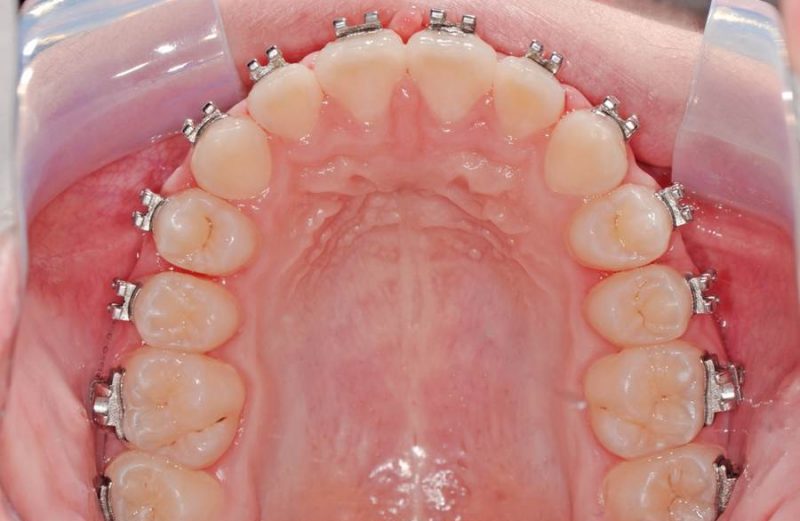Vol. 12 – Number 47 – 2019 Clinical Excellence Column Page 19-23 Control of the shape of dental arches Prof. Dr. Ricardo Moresca The control and coordination of the shape of dental arches are essential features for the success and stability of orthodontic treatment. In general, when the shape of dental arches is adequate, it should be maintained. If unjustified changes occur during treatment, there is a high chance of side effects and relapse. This applies especially to the lower intercanine distance¹. When the dental arches are contracted, expansion can be considered, however, always respecting the anatomical and functional limits. Factors such as the distance from the buccal surfaces of teeth to the Wala edge and The Wilson Curve assist in deciding when the shape of dental arches may be altered. 4 Unfortunately, some current orthodontic techniques suggest the expansion of dental arches without defined criteria to obtain space, avoiding extractions, or to fill the smile, ignoring this basic principle of orthodontics. 6 Control and coordination of the shape of dental arches in treatment is achieved mainly through orthodontic arches. In clinical terms, two important problems are associated with the management of the shape of dental arches throughout orthodontic treatment. The first of these concerns the use of memory wires, such as those made of nickel-titanium (NiTi) alloys, used on a large scale in the early stages of orthodontic treatment. The shape of these arches is determined during their fabrication process and cannot be subsequently changed for individualization according to case planning. This limitation is not as significant with smaller-caliber initial archwires since the force developed is not always sufficient to change the shape of the dental arches and also because they do not remain in action for a long time. However, the issue becomes more critical with heavier wires, such as the .019 “x.025”. These wires have a great ability to change the shape of dental arches because of the force they develop and because they usually remain in action for longer to express the torque information of the appliances. Dear Subscriber, This article will be available for download in January 2020.
This content is restricted to site members. If you are an existing user, please log in. New users may register below.




